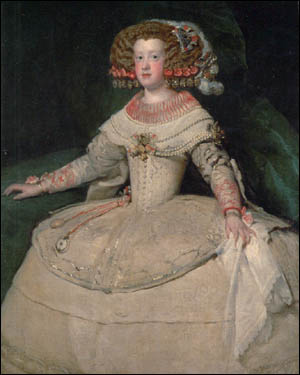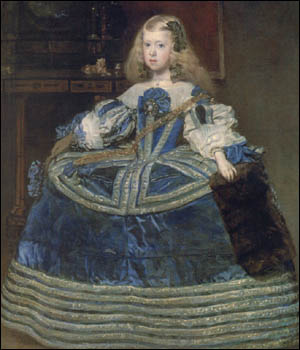There are countless anecdotes and family histories that serve to remind us of how it is better for us all if the gene-pool is well mixed and as diverse as possible
27 November 2006
With the new and widely diverse population we now have in Ireland, social integration should be even more important and high on the national agenda. How multifaceted this can be was well illustrated by the following story which I heard on the BBC World Service.
Some years ago the parents of a 6-year-old boy called Daniel who lived in South London noted that he seemed very tired each day when he came in from school. The brought him to see their doctor and leukaemia was diagnosed. The suggested preferential treatment was a bone marrow transplant.
Here was where a real problem was encountered. Daniel’s parents were of African origin and there were virtually no people of African origin on the bone marrow donors’ register. A proper match was vital and none seemed available, even with an international search.
Realising that their son’s hope of a cure was becoming remote the desperate parents decided on a course of action which has become of great importance today for all people of African decent who need a bone marrow transplant. They had leaflets printed describing their plight and they, and their friends and family set off in south London to distribute them to people of African origin they hoped would become donors. They went to shopping centres, to concerts, to markets, you name it, they went there.
|
There was a large response but still no donor for Daniel was found in London so the child remained on treatment with drugs and transfusions. But, there had been an international recognition of the importance of their message and four years later a 45-year-old woman in America came forward who proved to be a perfect match. Daniel is now nineteen and a happy university student, his father said.
Just encouraging people from different ethnic group to join the Gardaí is not enough. In a multiethnic society our needs will be far deeper. They will go beyond our blood groups to our DNA.
There is a really poor television programme on Channel 4 called “100 Percent English”. (Now I must admit I have seen it only once and perhaps other episodes were better.) In it, the DNA profile of people who feel they are pure-bred English is examined, usually with unexpected results. One woman, who I would not have described as a typical English rose, got so enraged when she discovered that she was probably part Romany that she threatened to sue the programme makers if they broadcast that fact. Well, they did and history does not relate more about the story but people go to the Courts nowadays about such foolish things that the tabloids may tell all soon. Most of the others who gave DNA samples seemed quite cheered with the results. Carol Thatcher daughter of the Iron Lady was one of them. She was probably relieved her DNA sample wasn’t made up of iron filings.
Habsburg dynasty
On a recent visit to London I went to the Velásquez exhibition in the National Gallery in Trafalgar Square. Outside on the plinth which for years was empty is a sculpture by Marc Quinn, of Alison Lapper, a young pregnant woman with phocomelia who is no mean artist herself. Inside is a selection of paintings of the Spanish Royal family in the 1500s, the children of Philip IV being a very important part of the exhibition. In those days the arrival of the heir to the throne was an even bigger event than it is in Japan nowadays. When his first son Baltasar Carlos arrived Philip would not allow anyone but Velásquez to paint him. Seeing that the artist was in Italy at the time the portrait was not accomplished until the child was about two. All the other children Philip had with his first wife Isabella of Bourbon were girls and these were potential royal brides. There are many Velásquez paintings of these girls in spectacular dresses and ornate hairdos but I had not realised these portraits were to be sent off to prospective bridegrooms.
|
A painting of the little boy’s sister, Philip and Mariana’s first child, Infanta Margarita, when she was 8 years old was sent to her uncle Emperor Leopold I, so that he could watch his prospective bride grow up from a distance for she had been promised to him. And we thought child sex abuse was recent!
The Hapsburg dynasty in Spain died out and the descendants of Infanta María Teresa, the only daughter of Philip IV and Isabella of Bourbon to survive infancy and Louis XIV of France ultimately succeeded to the Spanish Throne. Blood may be thicker than water but the Hapsburgs in seeking too close a match seem to have ensured that it ran out.
Senator Mary Henry, MD

